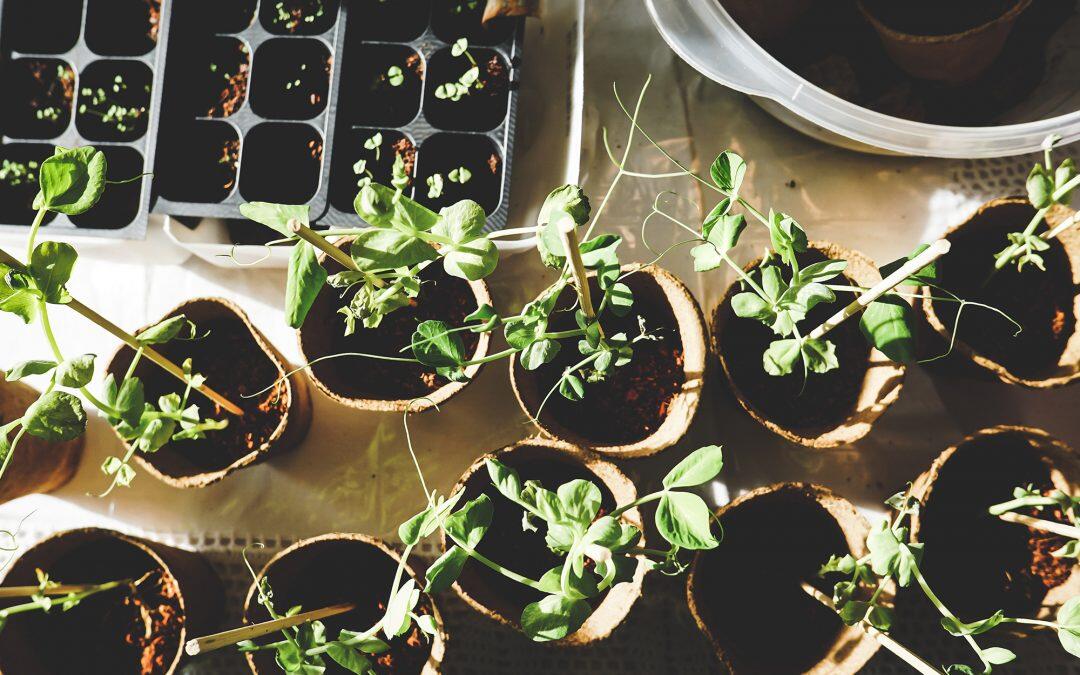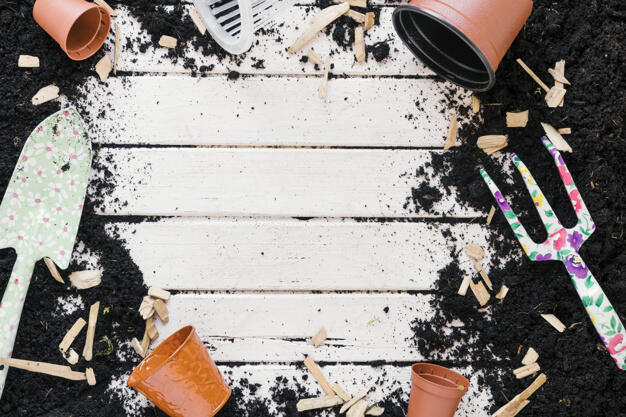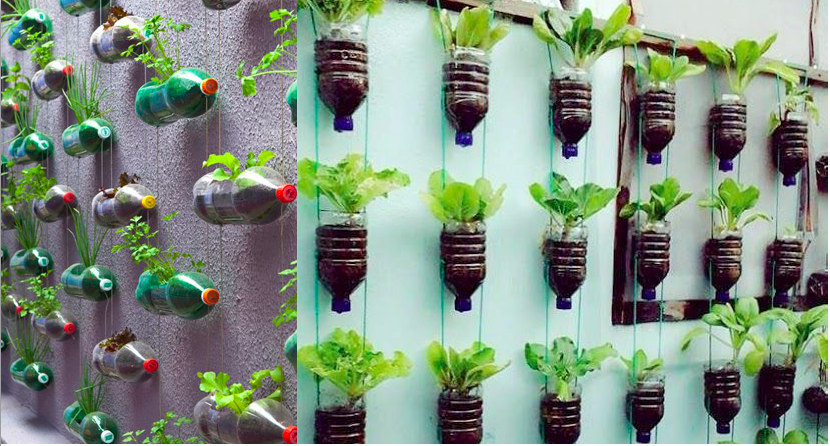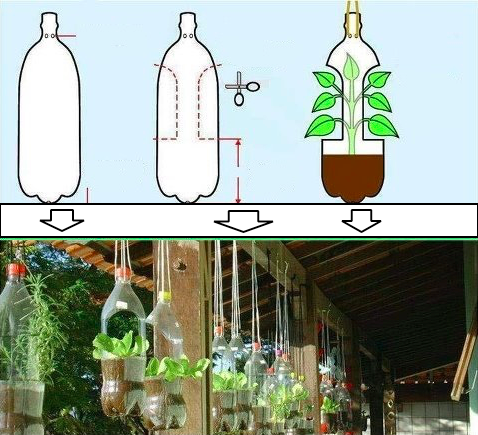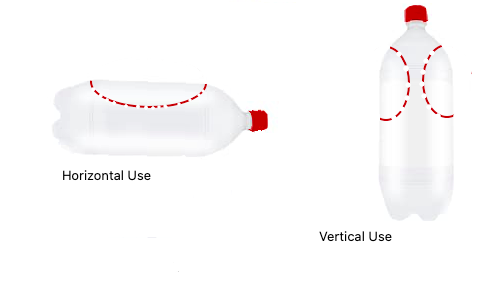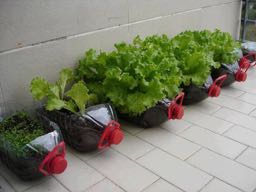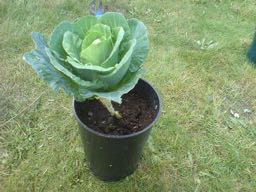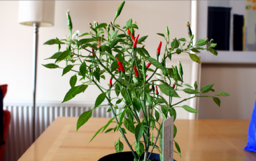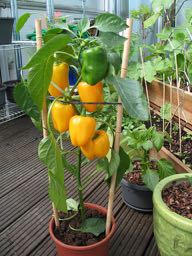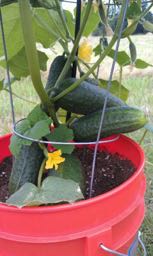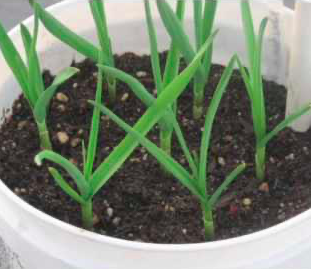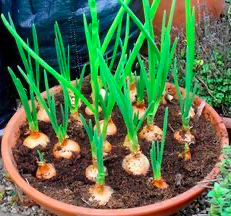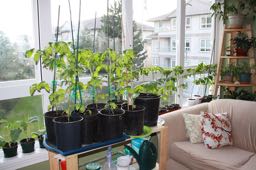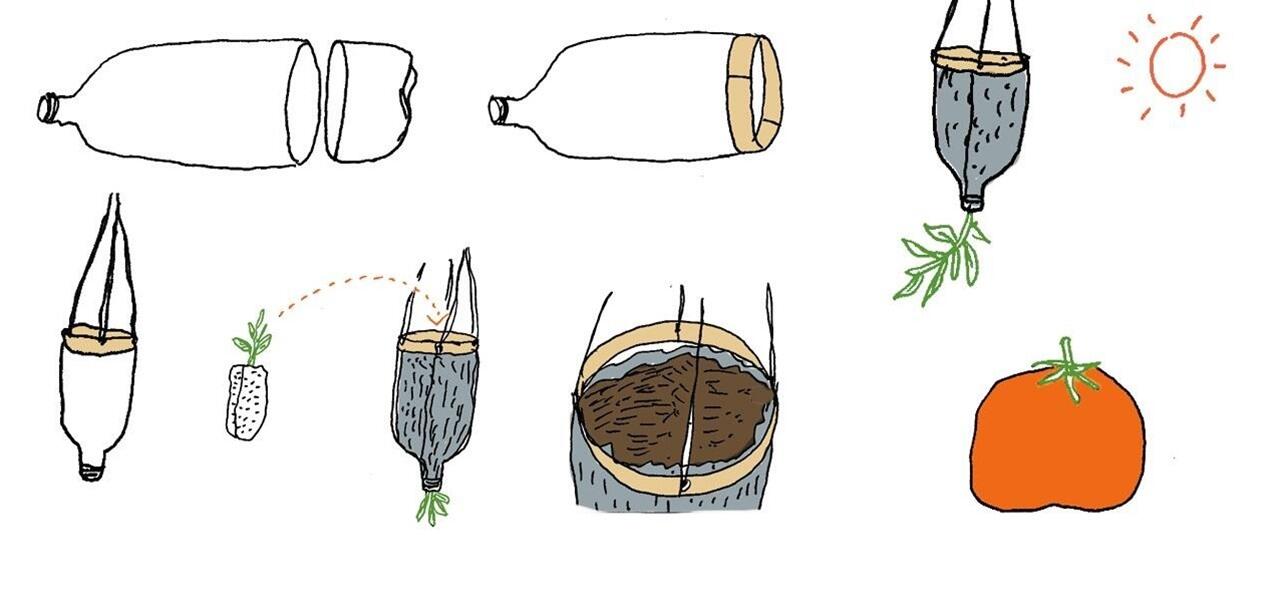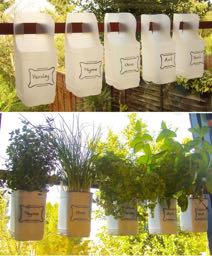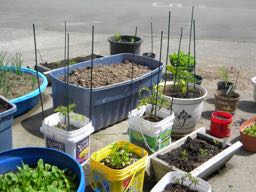Nearly 70% of the Lebanese population live in apartments. A progressive solution for a progressive population. As humans evolved, they dissected themselves into what we now call “modern societies”. Gradually, all our needs were met through procuring whatever we desired from shops. These shops grew into huge supermarkets filled with the culmination of edibles the human race was able to produce.
With the existence of such places, why would we go through the trouble of growing our own food in such small confined spaces?
A fair question; Here’s an answer:
Thankfully, in this little country we come from, we still have grandmas that take the time to separate and grind seeds, dry vegetables, and stock grains. They remind us that growing your own food was once about sustainability and self sufficiency. We need to go back to that, even if only partially. Growing plants you can eat, means you’ll never run out. What one harvests, can be planted again, and again, and again. And in this economy, that doesn’t seem like such a bad idea.
Cultivating edible plants is an amazing way to feel whole and satisfied. Few things feel as good as caring for a plant, watching it grow till it ripens so you can finally consume it. Thus receiving back all the loving energy you’ve put into it, being rewarded with its nutrients. It has been scientifically proven that working with plants and gardening reduces stress levels. And in the current state of affairs, stress reducing activities are not be turned down. No matter how small your nook of
greenery may be, mother earth will be grateful. Not to mention that undoubtedly, growing plants will cause a growing sense of appreciation for nature.
Most importantly though, you’ll be able to brag. Watch your guests faces express fascination with mild envy as you inform them that the bell peppers and herbs in the pasta they’re eating were grown by you.
This is something that requires commitment and consistency. You won’t see rapid results, but when results do finally happen, a true change will have occurred. A real tangible change in how you consume: If you plant multiple lettuces at varying times, you’ll harvest at varying times, or when needed. What you harvest will serve to regrow as well. You’ll end up with multiple levels of maturity of the same produce; Making it absolutely convenient. It’s a cycle that needs patience to come to fruition.
Here goes…
As I thought of these mini indoor crop fields, my main concern was the following: Space, practicality and budgets, and demand.
Space:
The goal is for people who live in apartments, to be able to overcome the obstacle of a limited space and enable them to partake in what should be a mandatory human habit. (growing your own food). And so the suggestions fit most rooms.
For largest to smallest:
If you live in a spacious house/apartment and have sufficient funds, You may turn an entire room or closed balcony into a plant nursery where you’ll be able to grow crops in planters. Or, a rather creative thing to do would be to use certain pretty looking fruits and vegetables as ornamental plants. For example, lemon trees look quite stunning, and would add zest to any room, while a pineapple plant would turn a dull space into an exotic one. Our house plants shouldn’t be limited to pretty things to look at, they can be both pretty AND beneficial.
It’s extremely difficult for most to find an empty area in their homes to put plants, especially ones that require a certain amount of care.
But we all have at least one empty wall. An empty balcony wall or some other wall that has never been acknowledged. It’s that wall’s time to shine.
Other than walls, small nooks, corridors and even living rooms are all viable options. You even put up shelves of old pieces of wood and fill them with small pots where you can grow small plants and herbs.
practicality and budgets:
The following methods require minimal effort and very little materials that need to be purchased.
If you’re working with a somewhat considerable budget, and have enough room for the soon-to-be-resident plants, spend that money on buying soil, fertilizer, various sizes of planters, a small shovel, and a watering can. Maybe even some gardening gloves. These items would surely make your task a lot easier.
How to: Fill planters with soil and add some fertilizer, use shovel to poke the soil around so that you wouldn’t feel like you bought it for nothing. The location of the planters will be revealed once we state which plants will go where. Fill watering can and sit anxiously waiting. Also, wear gloves.If your budget is a tad smaller and so is your space, you’ll need to get soil, two rectangular 60 Cms in length planters, two square 45 Cms in height planters, and a couple of small rounded single pots. This should be quite enough. As a start anyway.
How To: Fill planters with soil. Place rectangular planters in a well lit area. Square planters in shade. And small pots in direct sunlight.
Grow root vegetables (carrots, radishes, beetroots…) in the same planter. Garlic and onions would go well together in a pot as well. Cabbage and lettuce as well.
Chilli peppers, tomatoes, cucumbers, potatoes, bell peppers, and bean stalks are best grown in individual pots, because they take up space atop the soil.
If your budget is extremely skimpy, and you happen to be a fan of up cycling and manual work, then you’re about to be thrilled. What you’ll need -to pay for- is soil and a few rolls of rope, either natural fiber or PVC coated ones. You’ll also need, -free of charge, courtesy of up cycling- large plastic bottles, plastic water gallons (the light plastic ones, not the refillable kind) steel cans (from canned food, not soda cans)
How to:
Basically, the end result is a vertical mini-garden wall where a set of carved bottles are filled with soil and attached to one another.
There are two ways to carve the bottles, vertically and horizontally, depending on what you’re planting in them. (Refer to the figure to know how to properly carve them)
To attach the horizontally carved bottles, you’ll need to poke two holes 10 Cms apart, just enough so the rope would fit in, then tie a knot on the exterior side of the hole. Repeat process until you have a set of four attached bottles.
The vertically carved bottles are easily attached by tying the rope around the lid with a tight knot. Leave some space between each bottle.
Of course, you should poke tiny holes on the bottom of every bottle, gallon and cans to allow the water to drain.
The sets of attached bottles could be hung on a wall, any empty wall, even a balcony wall.
You can also paint the bottles and decorate their exterior for a prettier view.
As for larger plants, cut the upper rim and lid of the gallons, and of course, poke holes for drainage.
The cans will accommodate herbs, best to be placed somewhere on window sills, shelves or a kitchen counter.
Demand:
The idea is to regrow the most common vegetables we use. So that in a while, we won’t have to buy them anymore, we’ll just have them at home. The following list doesn’t simply name them, it explains how we can create more of what we already have. Best to allocate a tray with plastic cups or jars or small dishes to act as a transitory location until the food scraps reach the final destination that is soil.
Potatoes: Pick a head with eyes (little pointy stems), cut the piece 4 Cms deep. Dry over night then place in soil, eyes facing up. Pick a large planter or the gallon. Water twice a week.
Lettuce (regular, Romaine, Lola Rossa…): Use entire lettuce leaving only the stem with a couple leaves. Place stem in water, and change it daily till roots begin to appear, then transfer to soil.
Small planter or horizontal planter.
Cabbage: Place left over stem and few leaves in a bowl filled with little water, place it in sunlight. RepLace water every now and then till roots and/or new leaves begin to appear then move to small planter or small plastic gallon. Water 2/3 times a week.
Mushrooms: Remove caps, plant stalks in soil. Cover entirely except the top. Place in narrow planter or horizontal bottle.
Spinach, Green Thyme, Mint, Cilantro, Rocket leaves : Cut 1 Cms above root, place in water, put in well lit area. Change water daily then move to soil after roots start to grow. Place in horizontal bottle or smaller rectangular planter.
Root plants: Carrots, Beetroot, radishes: Cut top of vegetable, place in water in a well lit area. change water daily and allow stem to grow, then transfer to soil.
Place in horizontal bottle or smaller rectangular planter.
Chilli Peppers: Collect seeds, plant directly in soil. Use medium sized pot or vertical bottle. warm and humid conditions to grow well, Best to be kept in a sunny area.
Bell peppers: Collect seeds, plant in 1 Cm soil. Use medium sized pot or plastic gallon. You may need to add stakes to attach the plant to them.
Cucumber: Scoop out pulp and seeds. Place in water for a couple days till sees are seperated. Place in soil.
Use large planter or plastic gallon. Once plant starts to grow, you must pLace a pLastic fence (shown in figure) to allow it to grow freely and tidily.
Garlic: Take one clove, with shell and root. Place in soil, root facing down. Small planter or horizontal bottle.
Onions: Cut top with root. Place in soil, root facing down. Small planter or horizontal bottle.
Greenbeans and string-beans: if using small container or a gallon, plant one or two seeds only. Add wooden stakes next to seeds. Soil must be kept moist and placed in a sunny area. Do not overwater seedlings. When plant starts to grow, wrap it around the stake, so it wouldn’t get tangled. Place near a window receiving 8 hours of full sun per day.
Lastly, tomatoes, which are a fruit by the way, should be placed as a slice containing the seeds on the soil. Cover it in about 2 Cms of soil and water daily till it starts to sprout then water 2/3 times a week. Once plant stalks grow long, place plastic cage around planter or gallon.
Another way to grow tomatoes is in an upside down bottle, as shown in the figure below.
All planters shown in the photos can be replaced with plastic gallons.
Below are more images for inspirational purposes. Despite lack of space, and maybe motivation, one can always find a way with enough determination. Aside the obvious benefit of harvesting food, planting and cultivating greenery, plants and cultivates patience and appreciation as well. Sow these seeds, and reap far more than food.
Cut plastic jugs, hung and used as planters for herbs.
Various containers used as planters for herbs and tomatoes and bean stalks.
Decorated bottles hung on balcony bars for growing herbs.
Decorated cans on kitchen counter for planting herbs.
Lemon tree placed in living room.

